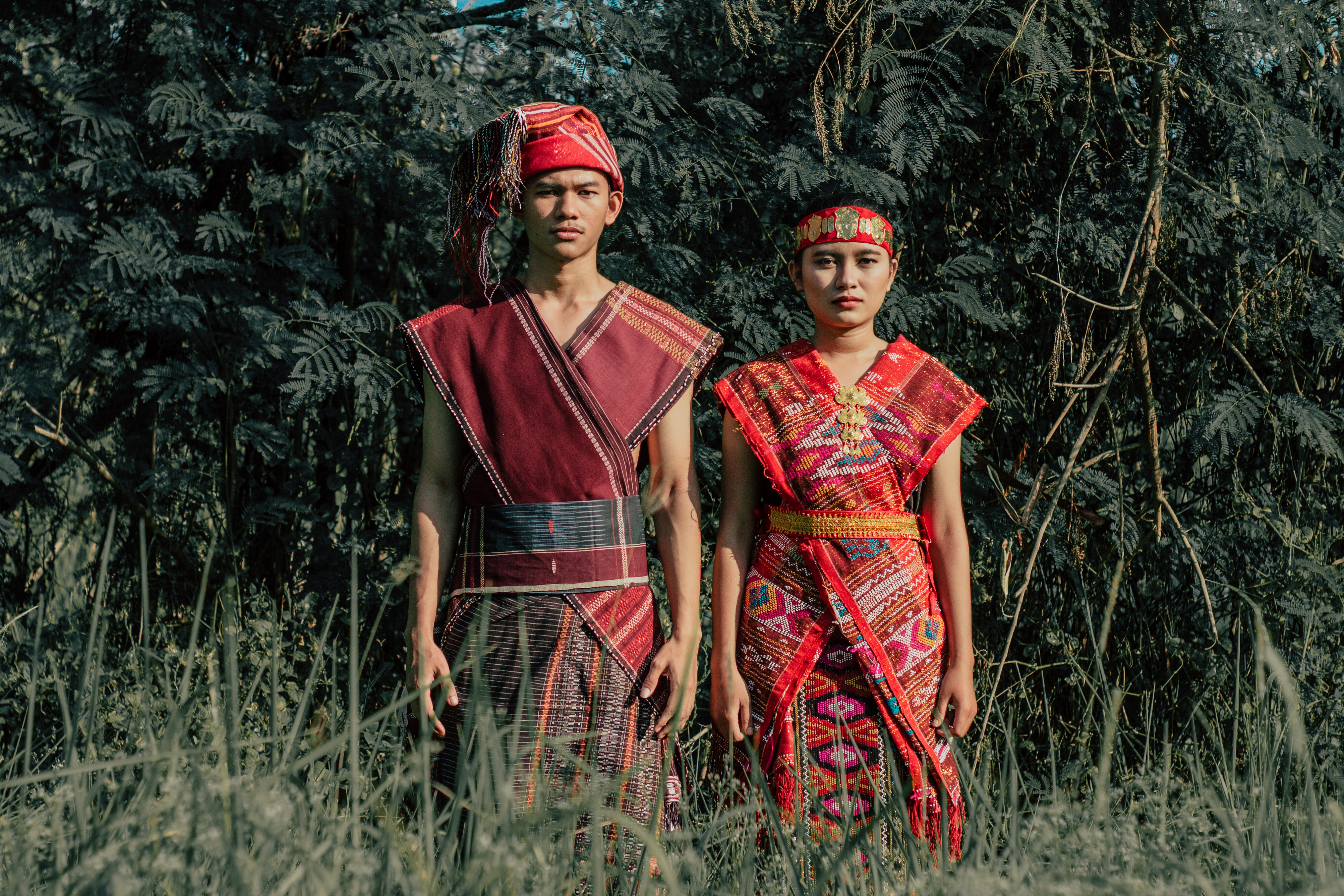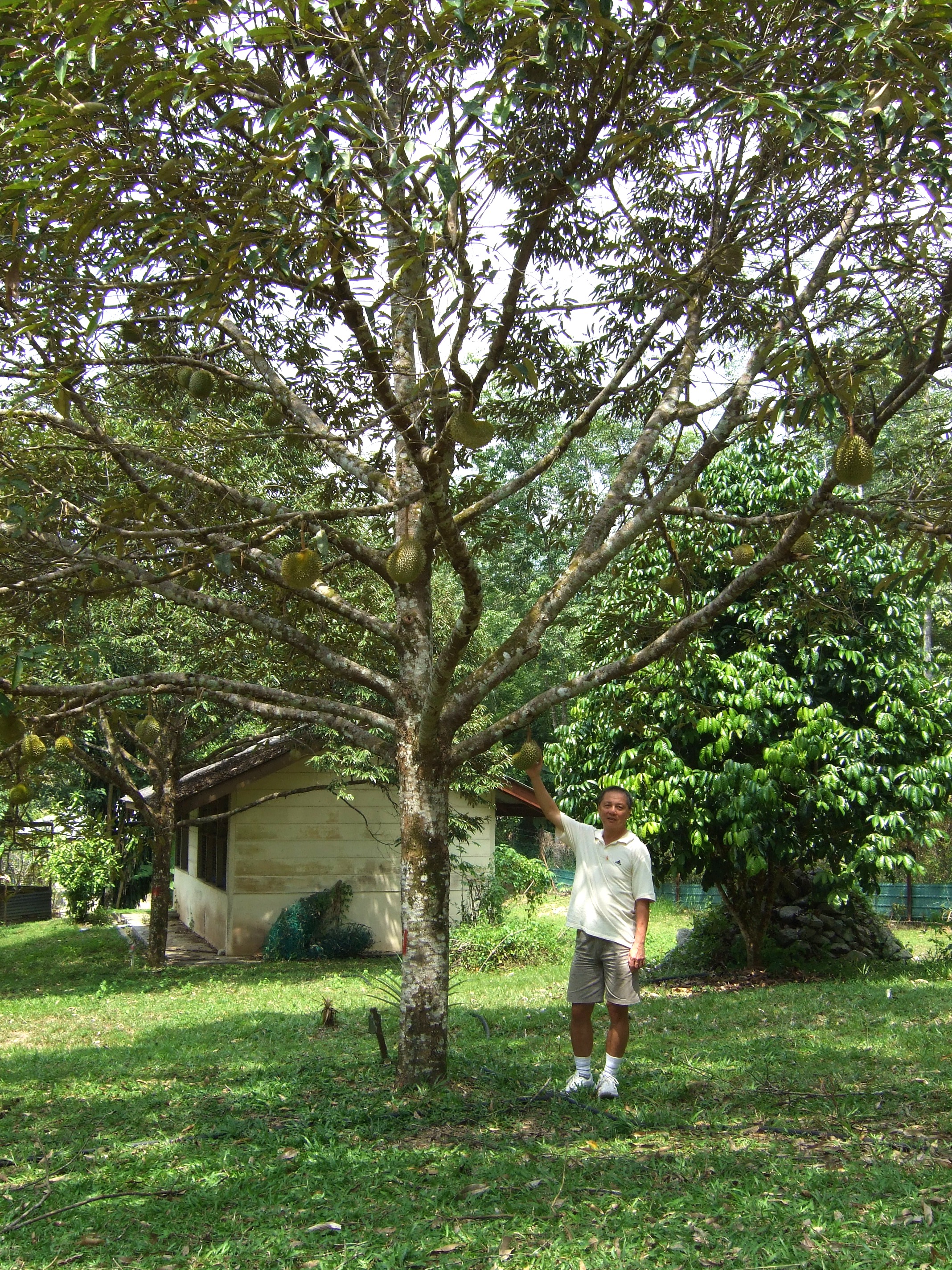|
Sasagun
Sasagun is a traditional Batak snack. It is classically produced from rice flour mixed with coconut and then roasted with brown sugar or just simple white sugar. Other flavors can be mixed also, such as pineapple and durian, nuts or according to one's own taste. Sasagun is commonly found in North Sumatera cities and towns. The dish is popular amongst Mandailing and Toba Batak people. Historically, Sasagun is often given as souvenirs and is a symbol of deep family ties. Sasagun has a crumbly texture and is usually served in a bowl. Philosophy Previously, the food was always prepared and given by parents to their children who were about to set out for abroad and also to those who would return home after being away overseas. See also * Itak gurgur * Lampet * Batak cuisine Batak cuisine is the cuisine and cooking traditions of Batak ethnic groups, predominantly found in Northern Sumatra region, Indonesia. Batak cuisine is part of Indonesian cuisine, and compared to other Su ... [...More Info...] [...Related Items...] OR: [Wikipedia] [Google] [Baidu] |
Lampet
Lampet or lapet (pronounced ''lappet'') is a typical and traditional Batak snack from Tapanuli, North Sumatra, Indonesia. The basic ingredient of Lampet is , which is rice that is grounded traditionally using minimal equipment. Lampet has two basic types of ingredients, sticky rice and regular rice. The taste of lampet is sweet and savory because it is combined with young coconut and sugar. Batak people usually always serve lampet during social gatherings, wedding ceremonies, or when guests come to their house. Preparation This cake is usually shaped like a pyramid and wrapped in banana leaves. The cooking process is not complicated. It starts with rice flour and grated coconut that is not too old. These are mixed together. Following that, grated palm sugar and water is added, turning it into a dough. After flattening the dough it is wrapped in banana leaves and steamed until cooked. The process for making this cake is almost like making an ombusombus cake. See also * Ars ... [...More Info...] [...Related Items...] OR: [Wikipedia] [Google] [Baidu] |
Batak Cuisine
Batak cuisine is the cuisine and cooking traditions of Batak ethnic groups, predominantly found in Northern Sumatra region, Indonesia. Batak cuisine is part of Indonesian cuisine, and compared to other Sumatran cuisine traditions, it is more indigenously preserved. One characteristic of Batak cuisine is its preference to andaliman (''Zanthoxylum acanthopodium'') as the main spice. That is why andaliman in Indonesia sometimes dubbed as "Batak pepper". Batak people are majority Christian — unlike neighboring Muslim-majority ethnic groups such as Aceh and Minang — Christian Batak people are not restricted to Islamic halal dietary law. Many of the Batak's popular meals are made of pork as well as dishes made from unusual ingredients, such as dog meat or blood, however there are also halal batak dishes, mostly chicken, beef, lamb, mutton, and freshwater fishes. Batak culinary centers are located in towns of Batak highlands, such as the town of Kabanjahe and Berastagi in Tanah ... [...More Info...] [...Related Items...] OR: [Wikipedia] [Google] [Baidu] |
Batak
Batak is a collective term used to identify a number of closely related Austronesian ethnic groups predominantly found in North Sumatra, Indonesia, who speak Batak languages. The term is used to include the Karo, Pakpak, Simalungun, Toba, Angkola, and Mandailing which are related groups with distinct languages and traditional customs ('' adat''). Prehistory Linguistic and archaeological evidence indicates that Austronesian speakers first reached Sumatra from Taiwan and the Philippines through Borneo or Java about 2,500 years ago, and the Batak probably descended from these settlers. While the archaeology of southern Sumatra testifies to the existence of neolithic settlers, it seems that the northern part of Sumatra was settled by agriculturalists at a considerably later stage. Although the Batak are often considered to be isolated peoples thanks to their location inland, away from the influence of seafaring European colonials, there is evidence that they have been i ... [...More Info...] [...Related Items...] OR: [Wikipedia] [Google] [Baidu] |
Rice Flour
Rice flour (also rice powder) is a form of flour made from finely milled rice. It is distinct from rice starch, which is usually produced by steeping rice in lye. Rice flour is a common substitute for wheat flour. It is also used as a thickening agent in recipes that are refrigerated or frozen since it inhibits liquid separation. Rice flour may be made from either white rice or brown rice. To make the flour, the husk of rice or paddy is removed and raw rice is obtained, which is then ground to flour. Types and names By rice Rice flour can be made from indica, japonica, and wild rice varieties. Usually, rice flour ( zh, c=米粉, p=mǐfěn, ja, 米粉, komeko, ko, 쌀가루, ssal-garu, vi, bột gạo, th, แป้งข้าวเจ้า, paeng khao chao, lo, ແປ້ງເຂົ້າຈ້າວ, pèng khao chao, km, ម្សៅអង្ករ, msau ângkâ, my, ဆန်မှုန့်, hcan hmun, ms, tepung beras, tr, pirinç) refers to flour made f ... [...More Info...] [...Related Items...] OR: [Wikipedia] [Google] [Baidu] |
Durian
The durian (, ) is the edible fruit of several tree species belonging to the genus ''Durio''. There are 30 recognised ''Durio'' species, at least nine of which produce edible fruit. ''Durio zibethinus'', native to Borneo and Sumatra, is the only species available in the international market. It has over 300 named varieties in Thailand and 100 in Malaysia, as of 1987. Other species are sold in their local regions. Durians are commonly associated with Southeast Asian cuisine, especially in Indonesia, Malaysia, Singapore, Thailand, Cambodia, Philippines, Bangladesh and Vietnam. Named in some regions as the "king of fruits", the durian is distinctive for its large size, strong odour, and thorn-covered rind. The fruit can grow as large as long and in diameter, and it typically weighs . Its shape ranges from oblong to round, the colour of its husk green to brown, and its flesh pale yellow to red, depending on the species. An acquired taste, some people regard the durian as having ... [...More Info...] [...Related Items...] OR: [Wikipedia] [Google] [Baidu] |


